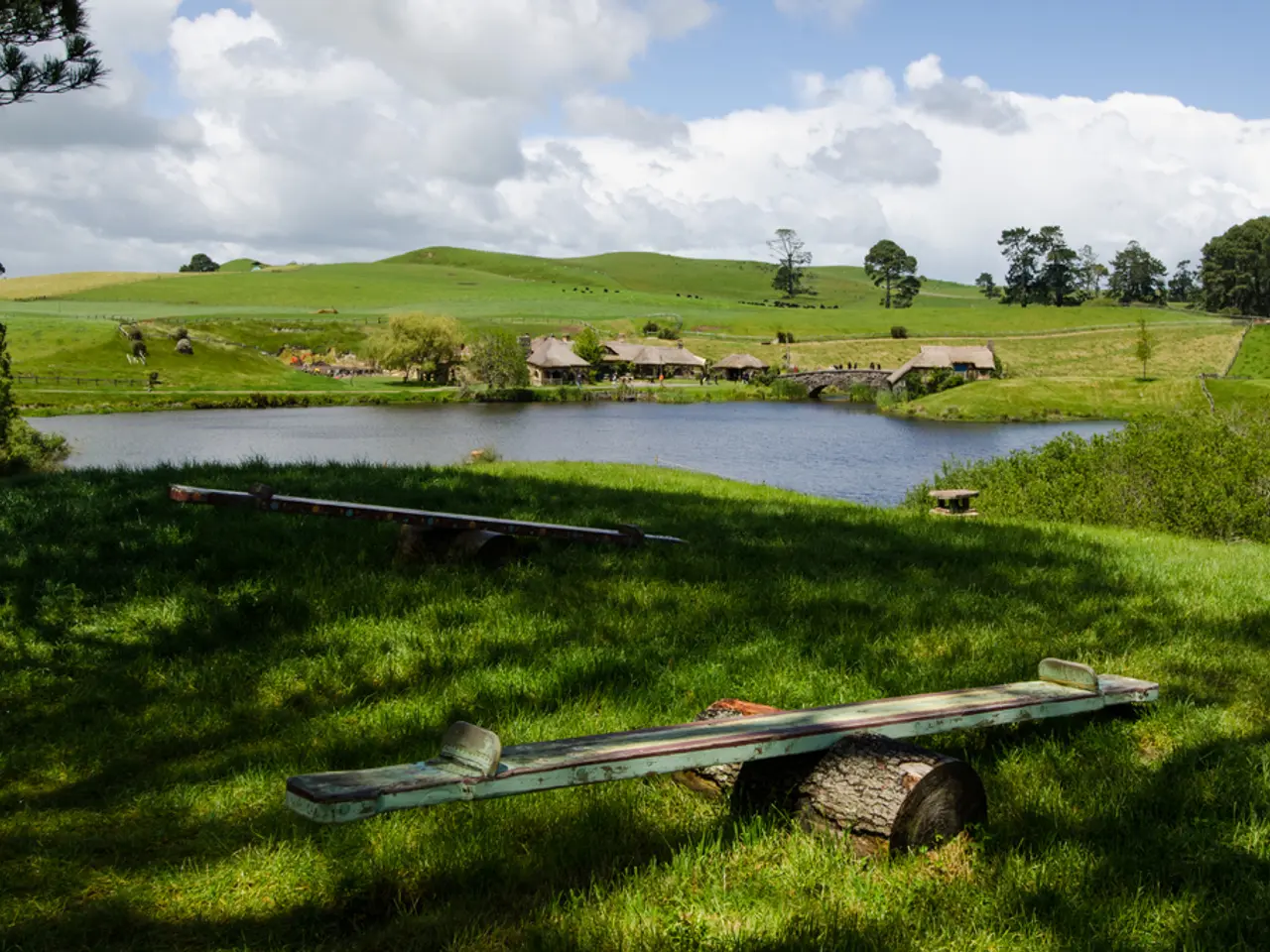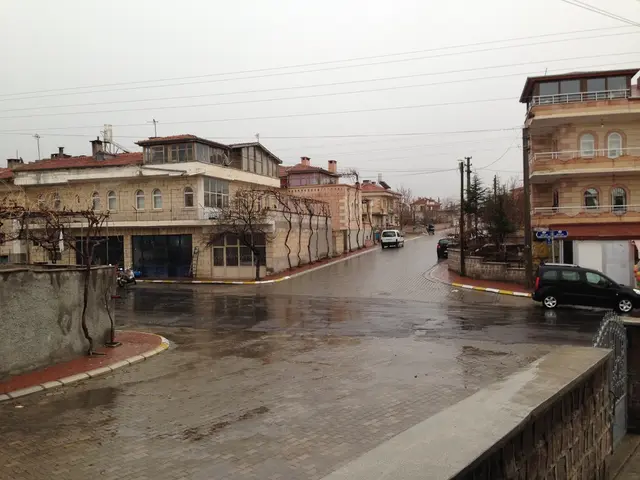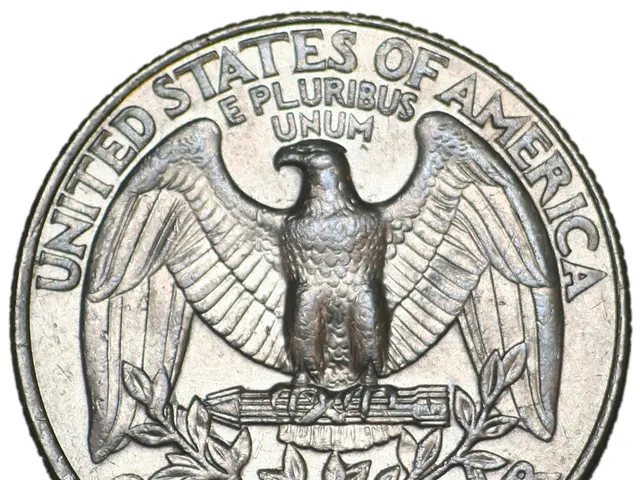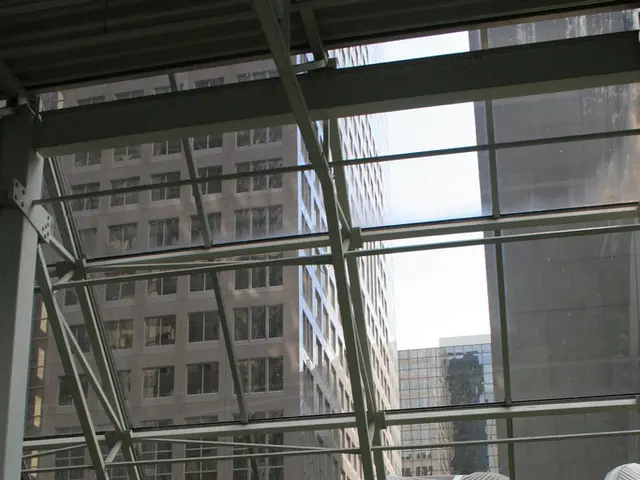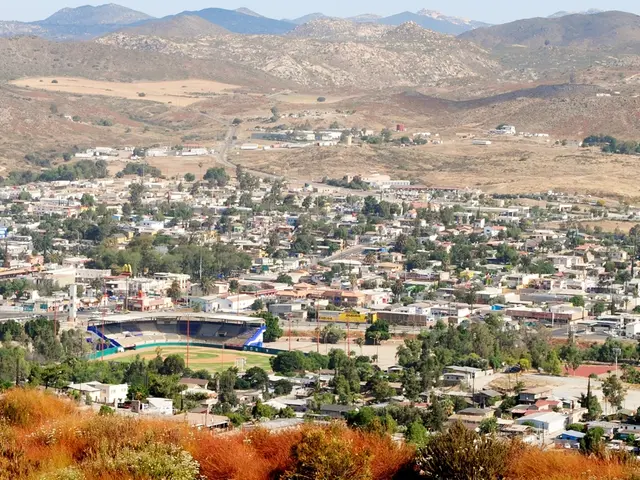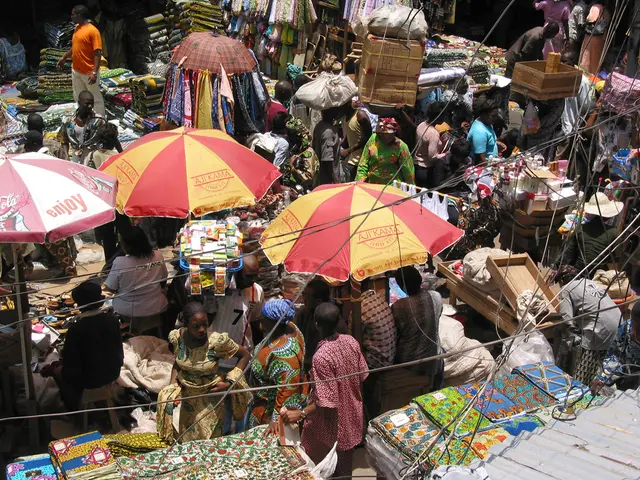RWE's Ambitious Mine-to-Lake Plan Faces Water Scarcity and Pollution Challenges
RWE, Europe's largest lignite producer, plans to transform its vast mines into great lakes. However, these ambitious plans face significant challenges due to water scarcity and pollution concerns.
RWE aims to create massive great lakes in its lignite mines, with Garzweiler Lake spanning 2,300 hectares and reaching depths of over 200 meters. The Hambach mine, already the largest hole in Europe, will become a 4,200-hectare lake up to 400 meters deep. However, filling these mines will require monumental amounts of water - 2.4 billion cubic meters of water for Garzweiler and 3.6 billion cubic meters of water for Hambach, over periods of up to 40 years.
The primary water source is the Rhine River. Yet, last year's record low water levels have raised alarms. Climate change is exacerbating this issue, reducing precipitation in the Rhine's headwaters. RWE's plans could exacerbate water scarcity, with some experts questioning if such large diversions of water are feasible.
Adding to the concerns, polluted water run-off from spoil heaps could acidify the new lakes, rendering them unsafe for most recreational activities. RWE's responsibility in planning and executing these projects, given its role in creating the problem, has also been criticized.
RWE's plans to turn its lignite mines into great lakes face significant hurdles, including water scarcity, pollution risks, and climate change. While the projects aim to reclaim land, they also raise serious concerns about the environmental impact and the long-term sustainability of the plans.
Read also:
- Potential Consequences of Dismantling FEMA Vary Across States
- Railway line in Bavaria threatened by unstable slope - extensive construction site at risk
- Wind Farm Controversy on the Boundary of Laois and Kilkenny
- Puerto Rico's Climate Lawfare Campaign experiences another setback with the dismissal of its deals.
